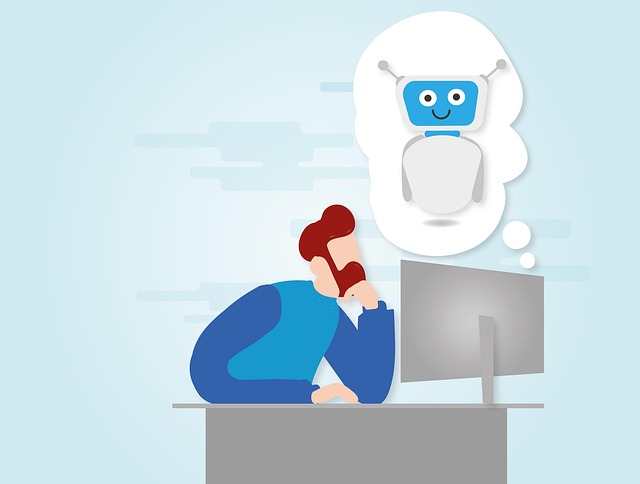A BigCommerce chatbot is a powerful tool for online retailers, offering 24/7 support, quick product info, order tracking, and promotions. Its development requires clearly defining tasks, understanding customer needs, and aligning with business goals. Choosing the right platform with NLP and ML capabilities ensures seamless integration and personalized interactions. Rigorous testing and continuous monitoring post-launch are crucial for refining the chatbot's accuracy and relevance.
“Unleash the power of conversational commerce with a BigCommerce chatbot! This comprehensive guide navigates you through the process of creating an intelligent shopping assistant tailored for your e-commerce platform. From understanding BigCommerce’s chatbot integration capabilities to designing user-friendly interactions, you’ll learn how to define your chatbot’s purpose and choose the right tools.
Get ready to transform customer experiences, drive sales, and streamline support with a strategic BigCommerce chatbot implementation.”
- Understanding BigCommerce and its Chatbot Integration
- Defining Your Chatbot's Purpose and Scope
- Choosing the Right Chatbot Platform and Development Tools
- Designing, Testing, and Implementing Your BigCommerce Chatbot
Understanding BigCommerce and its Chatbot Integration

BigCommerce is a powerful e-commerce platform that enables businesses to create and manage their online stores efficiently. With its robust features, it has become a popular choice for entrepreneurs worldwide. Integrating a chatbot into a BigCommerce store enhances customer experience by providing instant support and information.
A BigCommerce chatbot offers numerous benefits, such as 24/7 availability, quick response times, and personalized interactions. It can assist customers with product queries, provide shopping recommendations, help with order tracking, and even offer exclusive promotions. By leveraging this technology, businesses can improve customer satisfaction, increase sales, and foster stronger relationships with their online audience.
Defining Your Chatbot's Purpose and Scope

Defining your BigCommerce chatbot’s purpose and scope is a crucial step in development. Before you begin, clearly outline what tasks this AI assistant will handle. Will it offer basic customer service like answering FAQs, or facilitate more complex transactions like helping with order tracking and returns? Understanding your target audience and their needs will guide the chatbot’s functionality.
Consider the specific goals of your business within BigCommerce. Are you aiming to reduce response times for common inquiries, boost sales through personalized product recommendations, or enhance customer satisfaction by providing instant support? Defining these objectives will shape the chatbot’s design, ensuring it aligns with your store’s overall strategy and delivers value to both customers and your brand.
Choosing the Right Chatbot Platform and Development Tools

Choosing the right platform is a crucial step in building a BigCommerce chatbot. Look for tools that offer seamless integration with your BigCommerce store, allowing easy access to customer data and order history. This ensures your chatbot can provide personalized responses and enhance user experiences.
Consider development tools that support natural language processing (NLP) and machine learning capabilities. These features enable your chatbot to understand user queries better, learn from interactions, and offer more accurate answers over time. With the right platform, you can create a BigCommerce chatbot that becomes an engaged and effective part of your online store’s customer service strategy.
Designing, Testing, and Implementing Your BigCommerce Chatbot

After designing your BigCommerce chatbot, it’s crucial to thoroughly test its functionality and user experience. This involves simulating various customer interactions and scenarios to ensure the chatbot provides accurate, relevant, and helpful responses. Utilize a mix of common queries, edge cases, and potential user errors to validate the chatbot’s performance. Integrate testing into your development workflow to catch and address issues early on.
Once your BigCommerce chatbot has passed rigorous testing, it’s time to implement it onto your platform. This process typically involves integrating the chatbot code with your BigCommerce store using the platform’s API. Ensure that you follow best practices for data security and privacy during this phase. After successful integration, monitor user interactions closely, gathering insights and feedback to continuously improve and refine your chatbot’s capabilities over time.
Building a BigCommerce chatbot can significantly enhance your online store’s customer engagement and sales. By understanding your platform’s capabilities, defining clear objectives, selecting the right tools, and implementing robust testing, you can create an effective chatbot that provides value to both customers and your business. Remember, a well-designed BigCommerce chatbot is not just a feature; it’s a strategic addition that can drive growth and improve user experiences in today’s competitive e-commerce landscape.
